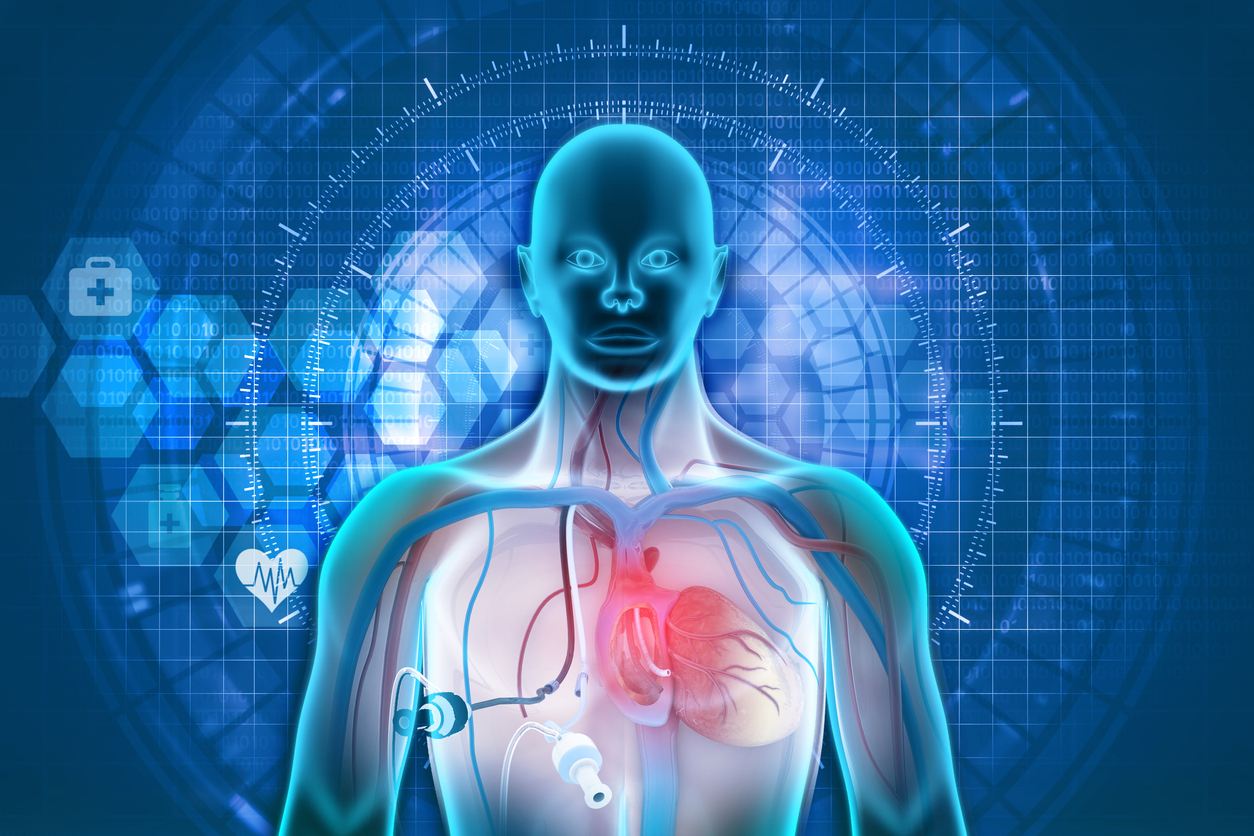Maintaining a functional access is critically important for your hemodialysis treatment. However, we recognize that all accesses require maintenance. Due to this eventuality, it is extremely important that you keep in close contact with your vascular physician who created the access.
It's already March, and with Daylight Savings just occurring and Spring about to start, it’s also Blood Clot Awareness Month. Blood clots are a common medical condition that can affect us irrespective of age, gender, ethnicity, or race. Not even infants, young children, or teens are immune to this condition.
We take pride in being a medical practice that focuses on sharing knowledge and showing transparency with our patients. This has been an underlying principle since the inception of our New Jersey-based group in 1963.
If you are currently or considering seeking treatment for vein and vascular issues, chances are you may have heard of a D-dimer test. However, if you are unsure what a D-dimer test is and how it works, you aren't alone! This post will answer some of your questions. Please keep in mind that this information is not[…]
March is National Nutrition Month. Understanding the correlation between eating proper foods and its affects on vascular health is an important topic for us to discuss. Let's talk about some of causes of poor circulation and 6 foods that can help improve this vascular issue.
Do you love working from home? Of course, you do. It's a familiar atmosphere, no commuting, free lunch, paycheck's on time. Life is as good as it can possibly be for you right now, right? Even if you're working from home, for safety precautions. It's essential that you do not overlook your health, especially your vein[…]





.jpg)







.jpg?width=944&name=Castle-Connolly-Top-Doctors-Emblem-Large%20(4).jpg)